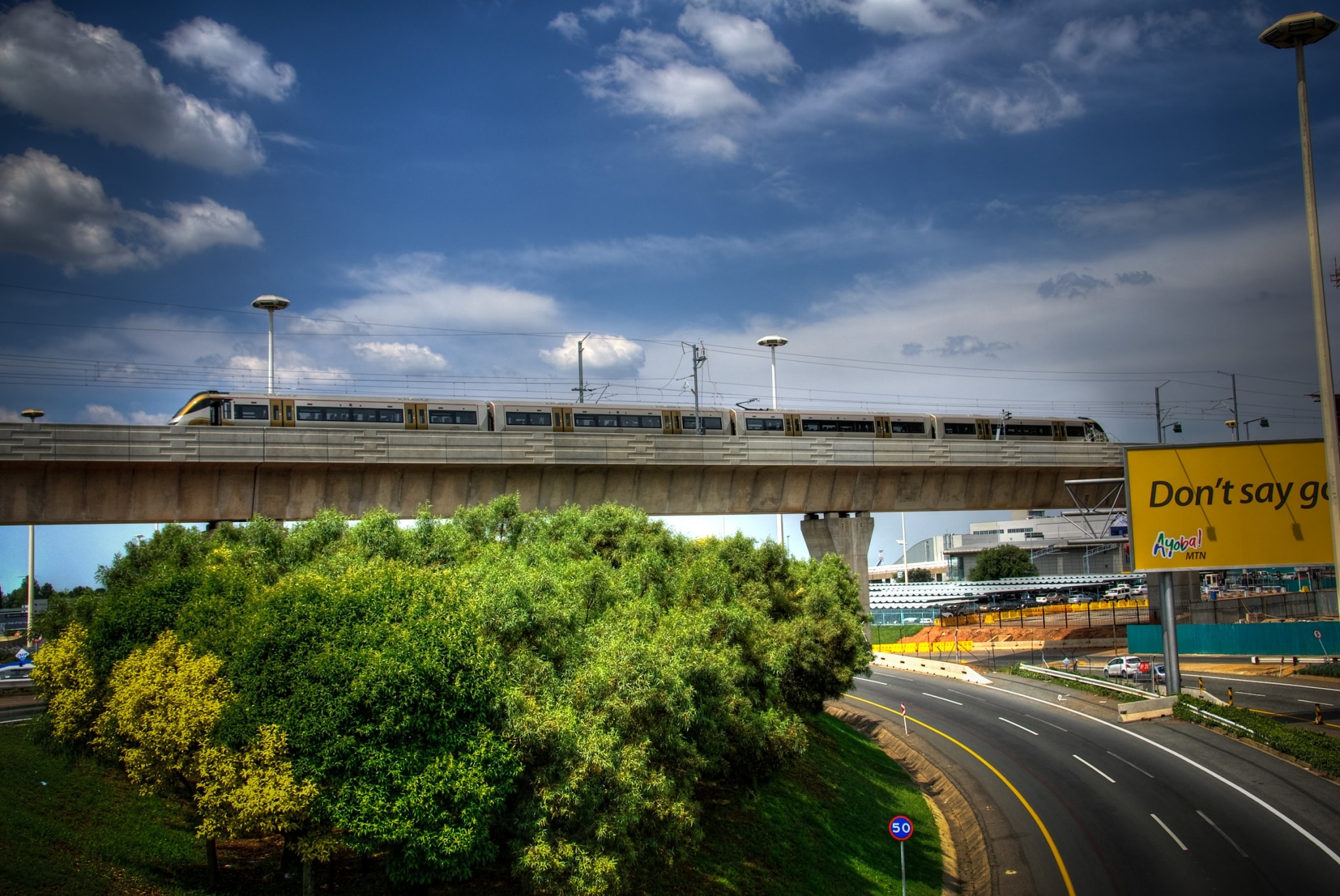Through the operations of the Gautrain rapid rail link, the Gauteng Provincial Government (GPG) has demonstrated that the face of public transport can be radically transformed. The Gautrain is a modern and efficient public transport system which has presented many benefits to Gauteng, such as contributing to the alleviation of traffic congestion, integrating public transport, influencing transport choices and rejuvenating inner cities in Johannesburg and Tshwane. Gautrain has also created jobs, enhanced the economy and helped to re-establish the rail sector in Gauteng.
These benefits illustrate the need for rail as being the backbone of public transport in the Province and have necessitated a strong demand for the extention of the Gauteng Rapid Rail Integrated Network (GRRIN) project to connect the people of Gauteng and create a sustainable transport service for the Province.
As part of the GRRIN extensions planning the Gautrain Management Agency has completed the feasibility study on the extension. This study has been submitted to Provincial and National Treasuries and to major stakeholders that were consulted during the feasibility process of the proposed GRINN implementation scenarios. The feasibility study identified various links and stations. Timelines are dependent on factors like economic growth, population growth and transport demand. The proposed GRINN extensions will span over various areas and will be developed in multi phases over an extended period.
The GRRIN extensions feasibility study identified a total of 149km of rail and 19 stations for the final route. Herewith the proposed links and stations below:
- A link between Marlboro and Soweto with an additional station at Sandton, as well as new stations at Randburg, Cosmo City, Little Falls, Roodepoort and Jabulani;
- A link between Jabulani and Mamelodi through Cosmo City, with new stations at Fourways, Sunninghill, Olievenhoutsbosch, Irene, Tshwane East, Hazeldean, and Mamelodi;
- A link between Rhodesfield and Boksburg with new stations at East Rand Mall and Boksburg; and
- A link between Cosmo City and Lanseria Airport with new stations at Cradle and Lanseria.
As part of the project preparatory work all of the proposed routes will be subjected to the Route Determination process as prescribed by the Gauteng Transport Infrastructure Amendment Act, 2003. This process includes public participation at the appropriate time. In this regard, detailed information will be made available through the GMA website, the media, and Government Gazettes.
Loading...
The feasibility study also provided various benefits such as significant economic benefits through job creation and investment. It is estimated that Phase 1(Marlboro to Little Falls through Sandton, Randburg, Cosmo City) of the GRINN extension will create close to 29,000 jobs during construction and an additional 7,729 long-term jobs during start of its operations. The GRINN Phase 1’s project is also expected to invest approximately R388 million skills development during the construction phase and a further R29 million during operations of the phase. Phase 1 economic benefits arising from the construction and operation of GRRIN is estimated at total present value of R33 billion.
Currently the GRINN extension’s Phase 1 has been submitted to National Treasury for Treasury Approval 1 (TA1) that will enable the commencement of procurement. This phase was also submitted to the Presidency’s Investment and Infrastructure Office for consideration.
Other major benefits of GRINN is the provision of; an upgraded-integrated transport network, and integrated city region resulting from the linking of the existing road-based public transport and rail systems and provision of access and connection to opportunities for people by connecting several townships to the centre of Gauteng and wider regions.
Compared to road transport, rail provides lower carbon transport solutions therefore the GRINN project will promote a greener Gauteng by providing environmental benefits and a good quality public transport which will reduce road-based transport thus reducing traffic congestion and carbon footprint.
Demand modelling was also done to determine transport needs for Gauteng in 2025 and 2037. Through the modelling process, it became clear that the ‘cost of doing nothing’ in Gauteng will lead to major road congestion in 2037, at which stage cars will travel at an average of 15 kilometres an hour due to doubling of car growth.
The GRRIN extension project will give access to private sector funds locally and internationally as well as opportunities for innovation and world-best-practice during design, construction, operations and maintenance.
Follow us on:
Twitter – @TheGautrain
Facebook – www.facebook.com/gautrain
Website – www.gma.gautrain.co.za
Call Centre – 0800 42887246
SMS alert line – 32693
Loading...
